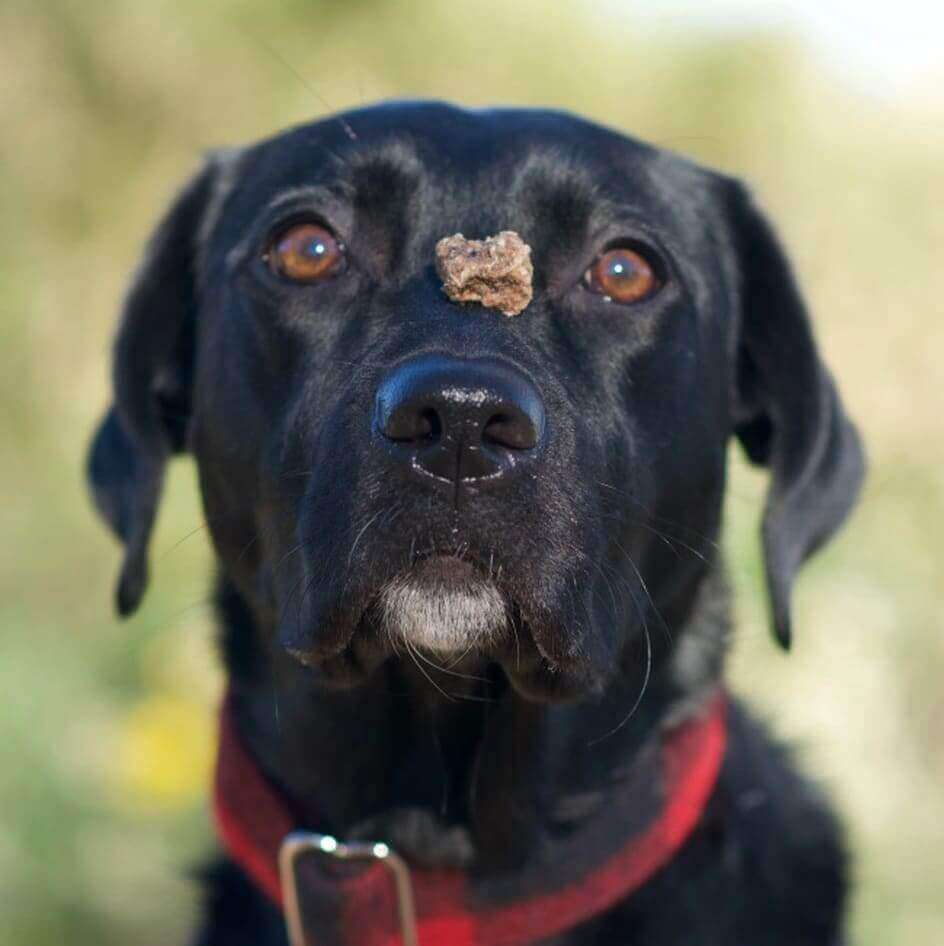
How to Get Your Dog to Sit Still for Photos
Click. Click. Click.
Blurry.
Too Dark.
Too flashy.
Washed out.
Not even facing the camera.
Wait— where’s my pet?!
Photographing your pet could be comparable to scaling Mount Everest at times. When they won’t sit still, how are pet parents ever supposed to get a decent picture of their precious pet?
If you have a nervous pup or fleet-footed fido, here are 5 tips from a professional Pet photographer to make it easier to capture your pet:
- Treats are your best friend
- Patience and Practice
- Noises can help garner your pet’s attention and make for some adorable pictures
- Toys are a great attention getter
- If all else fails, capture your pet behaving naturally
1) Treats are your best friend
Most dogs love food. Food is a great reward and resource to use when you want to get your pet to sit still long enough for a picture. Practice asking your dog for a sit and waiting a second or two to give the treat. Or, lure the dog into a sit, and only give the treat when the dog is sitting squarely on its hind end. If the dog pops up, that’s ok. Lure them into a sit again and immediately give the treat. This will eventually build up to a longer sit and stay for the photo. Your dog will quickly catch on that jumping around or jumping at you won’t get them the treat-sitting politely and waiting will!
If your pup is a picky fido, it’s time to break out the really high-value treats that your pup goes crazy for. A few suggestions may be turkey, bully nuggets, cheese, jerky, salmon, chicken, cream cheese, peanut butter, or apples. Whatever is your pup’s most coveted food, use that!
If your dog won’t take food in a new environment, then he or she is distracted by the exciting environment which is ok! Just take some time to let your dog relax and get accustomed to the new surroundings and then ask them to focus. If they are still too distracted to focus, you can still use that to your advantage to get a good photo-see tip 5 below for more details.
2) Patience and Practice
What many people don’t know is that the camera can be a very threatening entity for many animals. It is essentially a giant eye that is staring at them, which can be incredibly confrontational and unfriendly. Paired with treats and repetition the camera can lose its scary feeling.
One client’s dog was a naturally shy dog and her mom couldn’t get a decent picture on her own. She asked the professional photographer to try because she wanted a nice portrait of her pup. She didn’t think the dog would cooperate so the photographer could get any good shots. However, just by taking a little time to let the dog get used to the person, the treats, the camera, and the click, the dog eventually relaxed enough and soon was even posing for the camera! Her mom was incredulous and ecstatic!
If the eye of the camera is scary, take some time to let the dog get used to being around the camera without pointing it directly at them. Take a few test shots with the sound of the shutter and give treats after each click to get the dog thinking the click is a fun sound. It’s important to remember here that right now it does not matter if the photos are blurry or if the pet is even in the frame-the purpose here is to get the dog comfortable around the camera.
3) Noises
Have you ever seen a photographer or assistant who is sitting there squeaking a toy relentlessly desperately trying to get the dog’s attention? Truthfully, that has a low rate of success for getting your dog’s attention. If anything, they’ll quickly ignore the repetitive, white noise sound and it becomes annoying to the humans around too!
“Squeakies” should be used sparingly and purposefully. One more effective method is to have the squeaker from a dog’s toy in the mouth and to make it squeak once or twice. The dogs are generally curious and somewhat confused about the noise coming from you and will look in your direction-you may even get an adorable head tilt!
If you don’t have a squeaker, experiment with other noises that get your dog’s attention. Wait a few seconds between noises so you don’t wear out the novelty of the noise. If the dog doesn’t respond, try a different noise. Here are a few sound suggestions to try(these are my go-to’s): meowing like a cat, clicking your tongue, making a kissy noise, a high pitched trill, and low pitched “vrrrrww” like a car engine.
4) Toys are also great attention getters
Does your dog have a favorite ball, stuffy, Frisbee, or other toys? Use that to your advantage and get a great photo of your pup. Take the toy and use it to direct your dog’s eye-line and attention toward the camera, and then have fun experimenting with different photos.
5) If all else fails, capture your dog behaving naturally!
Your dog won’t look at you? Try taking a photo of their beautiful facial profile. Your dog won’t sit still? Capture some of that energy in a fun action shot! Sometimes natural photos of your pet can make for the best photos, and they might even end up being one of your favorites.



